SOURCE: RAUNAK KUNDE / NEWS BEAT / IDRW.ORG
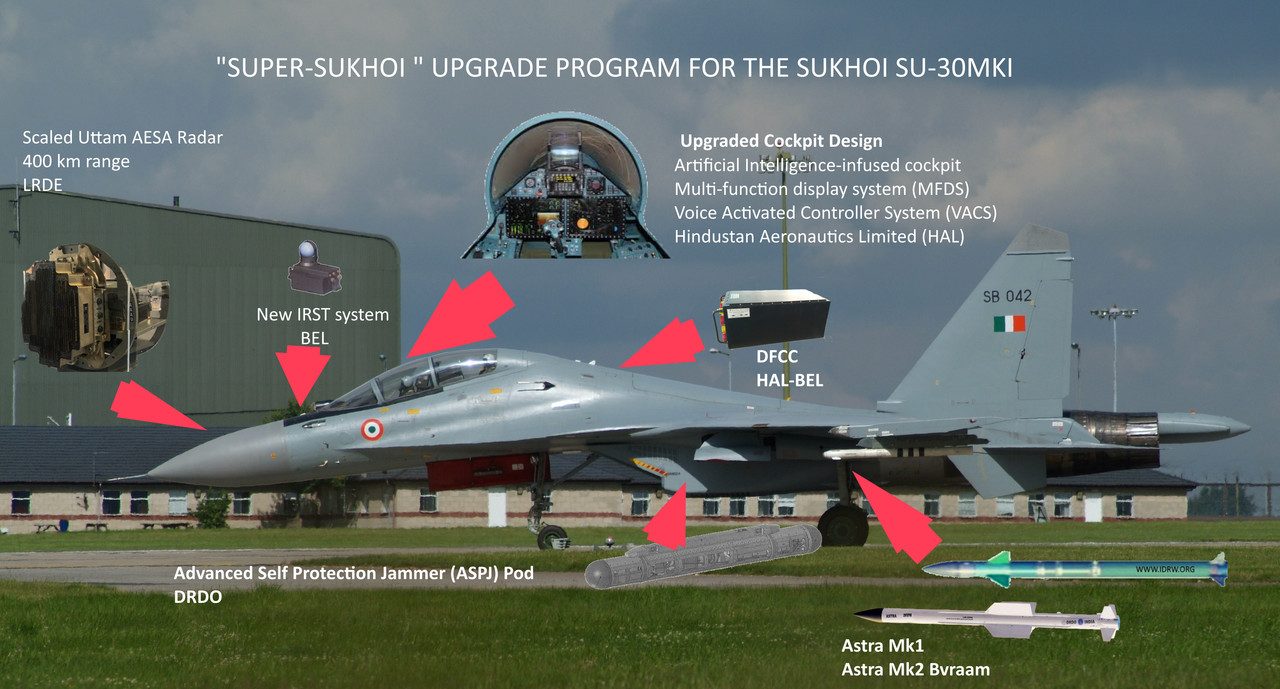
As Russia’s after-sales support for Su-30MKI/MKK/MKA operators diminishes, India is eyeing not only overhaul orders from countries with Sukhoi Su-30MKI fighters but also orders for mid-life upgrades for these platforms. According to sources familiar with the matter, told idrw.org that several nations operating Russian-origin Su-30MKI-based variants have been in contact with Hindustan Aeronautics Ltd. (HAL) and closely monitoring the “Super-30” upgrade program.
The “Super-30” upgrade initiative aims to modernize India’s current fleet of over 270 Su-30MKI fighters by replacing Russian-origin equipment and systems with Indian-made counterparts. This overhaul includes significant hardware upgrades to the aircraft, such as the integration of the Uttam AESA Radar, advanced Electronic Warfare (EW) systems, enhanced weapons systems, a modern Mission Control Computer, Infrared Search and Tracking (IRST) capabilities, digital cockpit, and various other systems.
Continue readingSOURCE: RAUNAK KUNDE / NEWS BEAT / IDRW.ORG
The development of India’s Twin Engine Deck-Based Fighter (TEDBF) has reached a crucial juncture as the program undergoes a series of design changes to meet the specific requirements of the Indian Navy. These changes include enhancements to the aircraft’s frontal Radar Cross Section (RCS) measures and the addition of three semi-recessed missile bays, a significant design adaptation that has not been seen in scaled models showcased till now.
The TEDBF program is closely monitored by the Naval Project Office located in Bengaluru, which was initially established to coordinate the development of the Light Combat Aircraft (Navy), or LCA (N). TEDBF, a canard delta wing, twin-engine, carrier-based, multirole combat aircraft, is being classified as a “5th generation minus” fighter by Dr. Girish S Deodhare, Director General of the Aeronautical Development Agency (ADA), which is overseeing the program.
Continue readingSOURCE: RAUNAK KUNDE / NEWS BEAT / IDRW.ORG
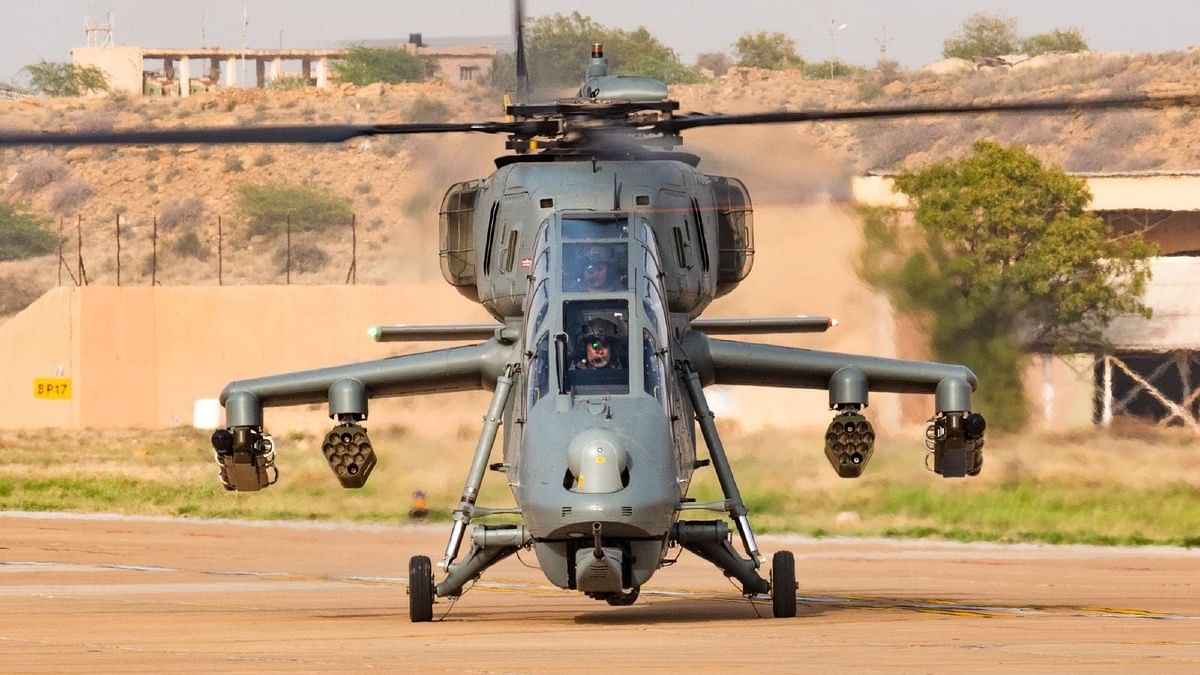
In modern warfare, the role of attack helicopters has evolved significantly. The recent experiences in conflicts such as the Ukraine War have highlighted the vulnerabilities of advanced attack helicopter systems. As the Indian Army and Indian Air Force (IAF) plan to procure a significant number of indigenous Light Combat Helicopters (LCH), they are also focused on equipping these helicopters with advanced weapons and technologies to reduce vulnerability and increase their effectiveness on the battlefield.
Recent reports from the Ukraine War have raised concerns about the vulnerability of attack helicopters. Russian Ka-52 Attack Helicopters, known for their advanced capabilities, have been experiencing significant losses. These helicopters are becoming increasingly susceptible to short-range surface-to-air missile systems and modern air defence systems. Flying at low altitudes, once a successful tactic, is no longer as effective, and it has become imperative to enhance the protection and capabilities of attack helicopters.
Continue readingSOURCE: IDRW.ORG TEAM
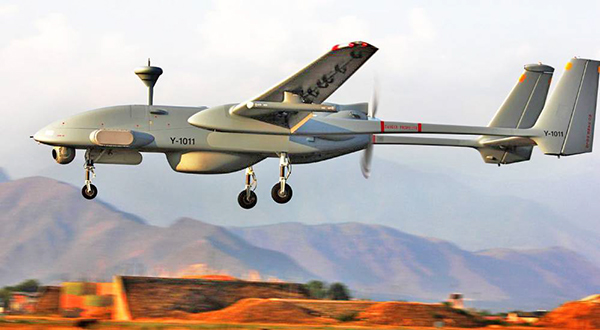
India’s commitment to bolster its defense capabilities continues with Project Cheetah, an ambitious initiative that aims to equip its fleet of Israel Aerospace Industries (IAI) Heron medium-altitude long-endurance unmanned aerial vehicles (UAVs) with precision weaponry developed in India. Under this project, India seeks to enhance the operational capabilities of the Heron UAVs by integrating indigenous weapons systems, fostering self-reliance in defense technology.
As part of Project Cheetah, India plans to develop and integrate an array of indigenous precision weaponry to be carried out in-house after thorough technical studies. These advanced weapons systems are designed to provide the Heron UAVs with enhanced operational versatility and effectiveness.
Continue readingSOURCE: IDRW.ORG TEAM
Hindustan Aeronautics Limited (HAL) has taken a significant step towards self-reliance in aircraft maintenance and spares production by issuing an Expression of Interest (EoI) for the design and development of Line Replaceable Units (LRUs), spares, and materials used in the Su-30MKI aircraft. This initiative is in line with the “Make in India” program and aims to reduce dependence on foreign suppliers for critical components.
HAL’s Nasik division has been actively working on developing indigenous spares for the Su-30MKI aircraft, a crucial step in achieving self-reliance in the maintenance and support of this advanced fighter jet. The issuance of this EoI marks a significant milestone in the organization’s efforts to enhance its self-reliance capabilities.
Continue readingSOURCE: RAUNAK KUNDE / NEWS BEAT / IDRW.ORG

The Indian Air Force (IAF) is gearing up to procure 114 fighter jets under the Multi-Role Fighter Aircraft (MRFA) tender, and the competition is heating up. Recent reports by “The Print” have revealed that three contenders have emerged as the top candidates to supply these aircraft. Boeing’s F-15EX, Saab’s Gripen-E, and Dassault’s Rafale are vying for this prestigious contract. This race has brought back memories of a previous competition in 2012, where the Eurofighter Typhoon was a front-runner in a now-cancelled tender for 126 jets under the Medium Multi-Role Combat Aircraft (MRCA) program.
In the 2012 MRCA competition, the Eurofighter Typhoon, alongside the Dassault Rafale, was one of the top contenders. The Eurofighter successfully cleared all technical evaluation rounds, showcasing its impressive capabilities. However, the Eurofighter ultimately lost the contract bid to the Rafale due to pricing. Dassault, the French firm behind the Rafale, emerged as the lowest bidder for the $10 billion contract, securing the deal.
Continue readingSOURCE: RAUNAK KUNDE / NEWS BEAT / IDRW.ORG
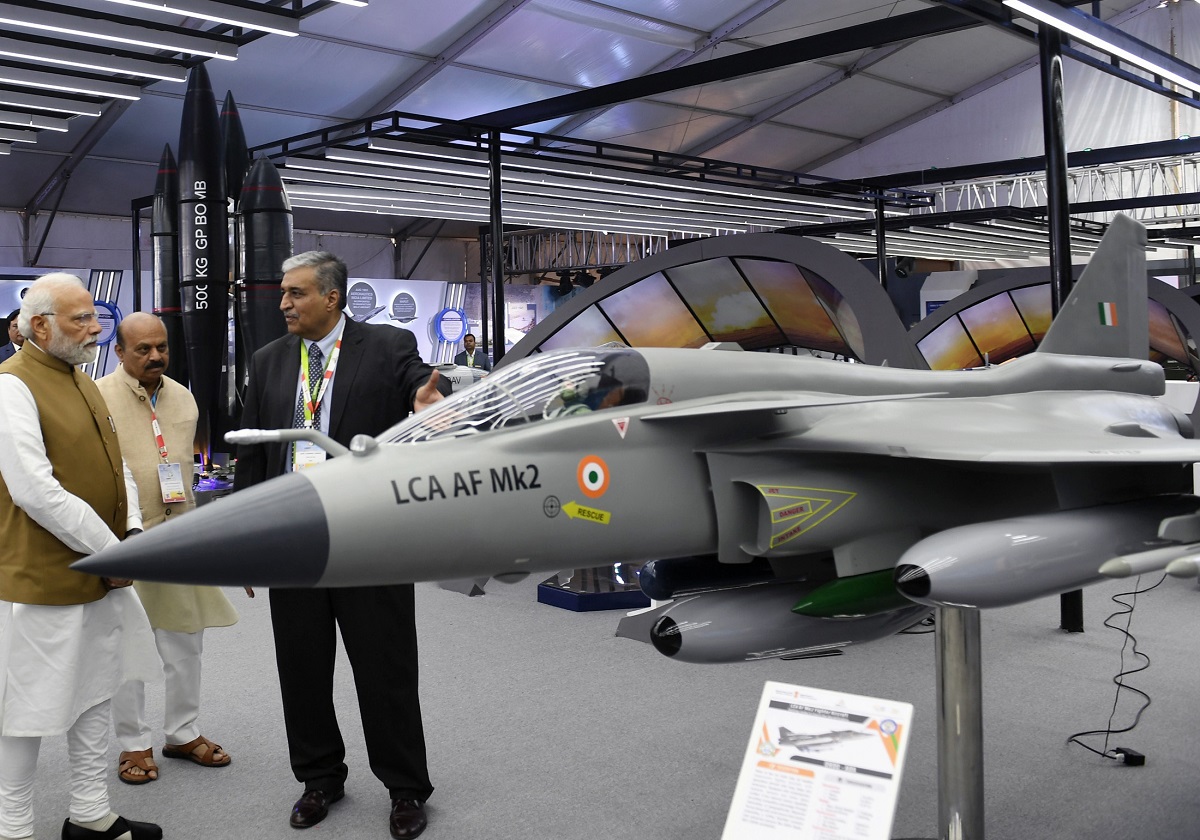
India’s indigenously developed Tejas Mk2, a 17.5-ton all-up weight (AUW) fighter aircraft, is on the horizon, and it promises to be a game-changer in terms of indigenization and capabilities. With its planned rollout next year, the Tejas Mk2 is set to become a symbol of India’s self-reliance in the field of defence aviation.
Continue readingSOURCE: IDRW.ORG TEAM

India’s defense sector is gearing up for a significant transformation as it seeks to boost private sector participation in research and development (R&D). The Ministry of Defence is exploring new avenues to fund private sector-led R&D initiatives through an Advanced Defence Acquired Research (ADAR) scheme. This initiative aims to facilitate disruptive research projects, with funding support for projects up to ?500 crore, led by the private industry. The government agencies, including the Defence Research and Development Organisation (DRDO), will provide technical expertise to ensure the success of these endeavors.
Private sector participation in the defense industry has long been a focus area for the Indian government. In recent years, significant policy reforms, such as the “Make in India” initiative and the “Strategic Partnership” model, have sought to enhance indigenous defense production. However, to further strengthen India’s defense capabilities and reduce reliance on imports, fostering private sector-led R&D is crucial.
Continue readingSOURCE: IDRW.ORG TEAM
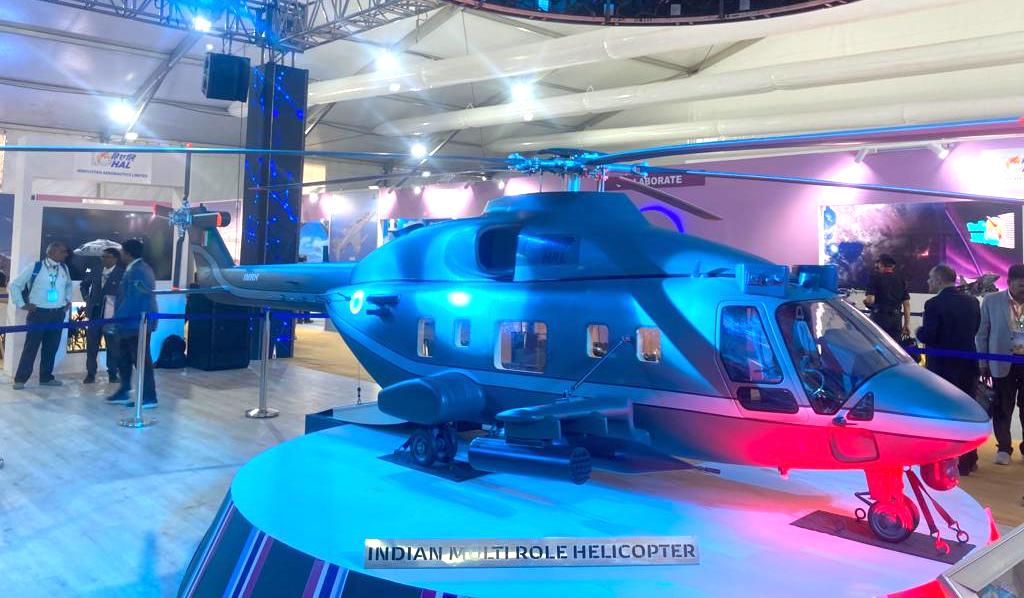
Hindustan Aeronautics Limited (HAL) is on the lookout for a qualified engineering service provider to collaborate on the structural design and analysis of the Indian Multi-Role Helicopter (IMRH) airframe. This initiative underscores HAL’s commitment to enhancing the indigenous capabilities of India’s defense manufacturing industry.
The selected engineering service provider, acting as the design partner, will undertake the critical task of defining the structural design of the IMRH airframe, starting from the Preliminary Design Phase. This includes the design of both metallic and composite components. The scope of work encompasses various aspects, such as detailed sizing, creating detailed finite element models (DFEM), producing stress analysis reports, generating manufacturable 3D part definitions, incorporating model-based dimensioning in CAD models, developing system models, mapping requirements to CAD geometry, establishing trace links for verification and validation, and creating part and assembly drawings, all while adhering to budgeted weight constraints.
Continue readingSOURCE: RAUNAK KUNDE / NEWS BEAT / IDRW.ORG
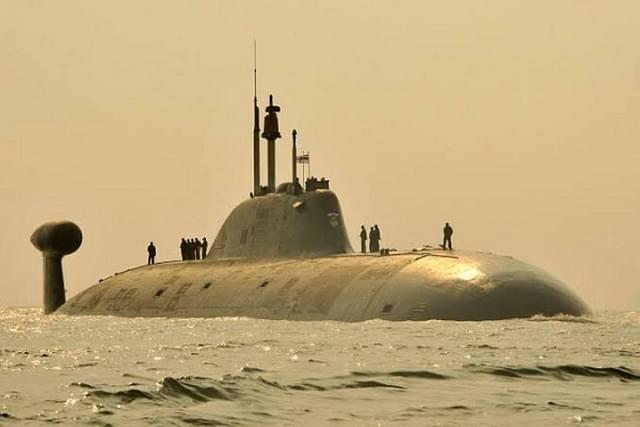
In 2019, India and Russia forged an agreement for the lease of an Akula-1 class nuclear-powered attack submarine from Russia, to be named Chakra III. This lease was set for a decade and was a significant development in India’s naval capabilities. However, amid the ongoing Russia-Ukraine conflict and Western sanctions on Russian entities, the deal has hit an impasse. The majority of payments from India for the lease have not been processed, raising questions about the fate of the Chakra III lease.
The Chakra III deal included the lease of an Akula-1 class nuclear attack submarine from Russia, with the delivery to the Indian Navy scheduled for 2025. This submarine was set to be the third Russian nuclear attack submarine leased to the Indian Navy. The agreement also covered the refurbishment of the submarine, incorporating Indian communication and sensor systems, as well as providing spare support and the technical infrastructure required for its operations.
Continue readingSOURCE: RAUNAK KUNDE / NEWS BEAT / IDRW.ORG

Hindustan Aeronautics Limited (HAL) has undertaken significant improvements to the auto-pilot system of its 3-ton Light Utility Helicopter (LUH). Fresh trials are underway to showcase these enhancements, to secure orders from the Indian Army and Indian Air Force. HAL has already received a Letter of Intent from the services for the production of 12 LUHs, a homegrown helicopter designed and developed in India.
The Indian Army has plans to procure a substantial order of 110 LUHs, pending a comprehensive evaluation of the initial six versions of HAL’s light utility chopper that the Army is set to receive. It is expected that bulk orders for LUHs will be placed in 2024, paving the way for deliveries commencing in 2026.
Continue readingSOURCE: RAUNAK KUNDE / NEWS BEAT / IDRW.ORG
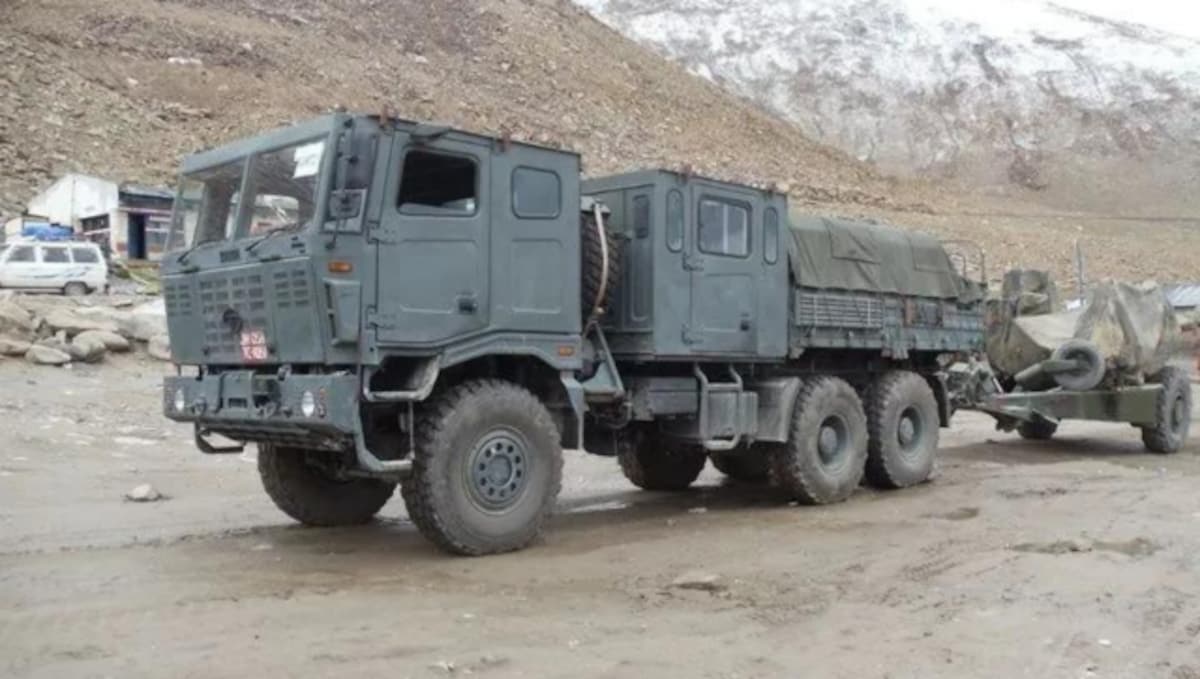
The Indian Army has taken a significant step towards enhancing its artillery support capabilities by issuing a Request for Information (RFI) for the procurement of High Mobility Vehicles (HMV) 6×6. These specialized vehicles, known as Gun Towing Vehicles (GTV), are crucial in providing the necessary mobility and logistical support for heavy artillery units.
The RFI outlines several key parameters for the Gun Towing Vehicle, which are pivotal to its effectiveness in supporting heavy artillery units:
Continue readingSOURCE: IDRW.ORG TEAM
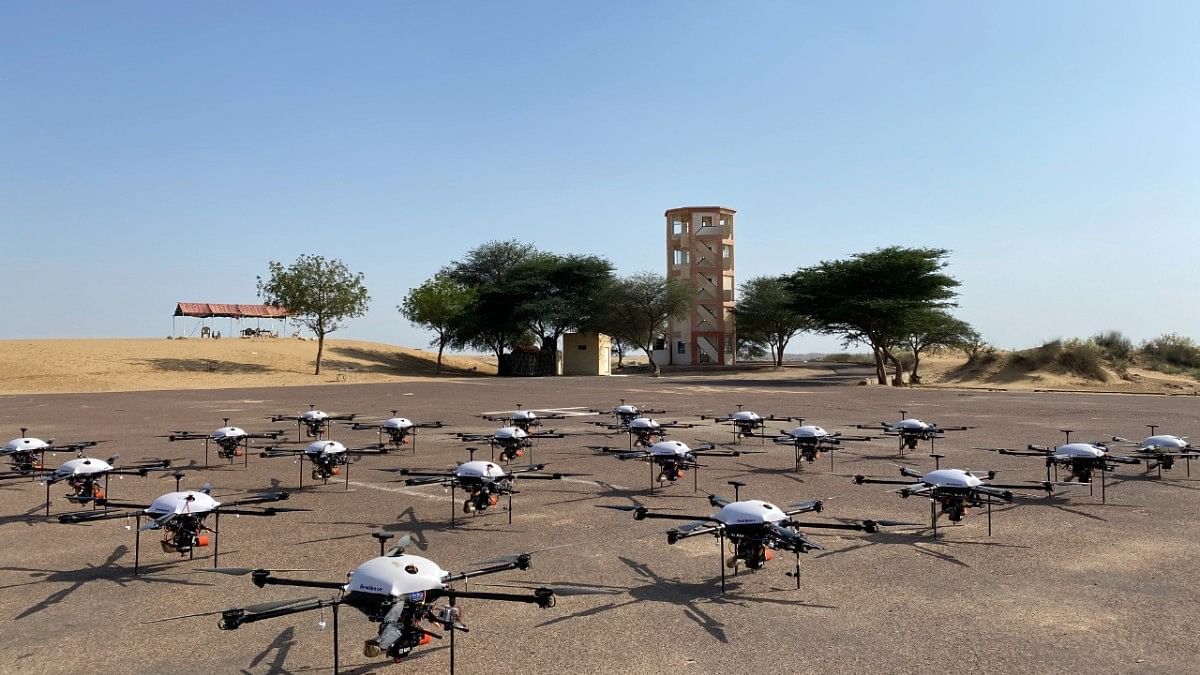
The Indian Armed Forces are rapidly evolving and embracing cutting-edge technology to bolster their capabilities. In the last two years, orders exceeding 1,000 crores have been placed for the procurement of Swarm and Loitering Ammunitions from Indian private sector companies. These advanced systems are gaining prominence, especially in the wake of the Russia-Ukraine war, as India seeks to learn and adapt from global conflict scenarios.
Swarm and Loitering Ammunition, characterized by their ability to coordinate and adapt during missions, are emerging as a game-changing arsenal in modern warfare. The Indian Armed Forces recognize their potential and are actively investing in this technology to enhance their operational readiness.
Continue readingSOURCE: IDRW.ORG TEAM

Dehradun-based India Optel Limited, a prominent Defense Public Sector Unit (PSU), has marked a significant milestone by initiating its maiden export consignment of the Missile Sight 9SH-119 M1 to SCIENCOM FZE in Sharjah, United Arab Emirates. The exported missile sight system is a critical component designed for the BMP-2 amphibious infantry fighting vehicle, which originated from the Soviet Union. This development underscores India’s growing presence in the global defense market and showcases the versatility of its indigenous defense capabilities.
The Missile Sight 9SH-119 M1 is an advanced optical targeting system specifically developed for the BMP-2 amphibious infantry fighting vehicle. These vehicles have been a mainstay in various armed forces around the world, with the Indian Army alone operating more than 2400 BMP-2K “Sarath” units. These Indian-manufactured BMP-2K vehicles were produced under license from the former Ordnance Factory Board (OFB) to cater to the specific requirements of the Indian Army.
Continue readingSOURCE: RAUNAK KUNDE / NEWS BEAT / IDRW.ORG
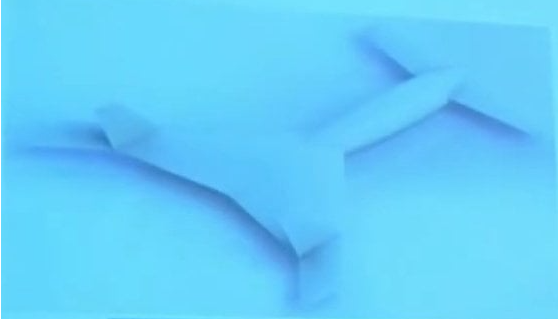
The National Aerospace Laboratories (NAL) in India is at the forefront of cutting-edge technology development, and their latest innovation is poised to make a significant impact on military operations. NAL is working on an Autonomous Fire and Forget UAV Loitering Munition, a weapon system that is akin to the Iranian Shahed 136-class loitering munition, which has gained prominence in recent conflicts, including the Ukraine war involving Russia.
This advanced technology promises an impressive range, endurance, and autonomous capabilities that could reshape the landscape of modern warfare.
Continue reading